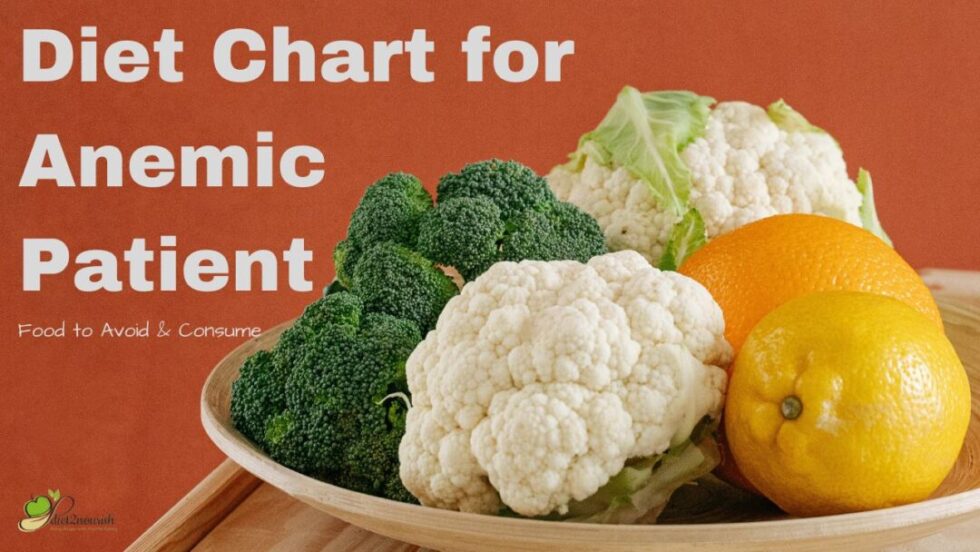A well-planned diet is essential for individuals with anemia, a condition characterized by a deficiency in the number or quality of red blood cells or hemoglobin. The right nutrition can help improve the production of red blood cells, increase hemoglobin levels, and alleviate the symptoms associated with anemia. In this 1000-word paragraph, we will explore a comprehensive diet for anemic patient focusing on foods rich in iron, vitamin B12, folic acid, and vitamin C, which play a vital role in combating anemia.
Iron is a crucial nutrient for anemic patients as it is necessary for the production of hemoglobin. Including iron-rich foods in the diet can help replenish iron stores and boost red blood cell production. Some excellent sources of iron include lean meats (beef, poultry, and liver), fish, shellfish, eggs, legumes (lentils, chickpeas, and beans), tofu, nuts, and seeds. It is important to note that iron from animal sources (heme iron) is more readily absorbed by the body compared to plant-based sources (non-heme iron). To enhance iron absorption, it is advisable to consume iron-rich foods along with a source of vitamin C, such as citrus fruits, strawberries, bell peppers, and tomatoes.
Vitamin B12 is another essential nutrient for individuals with anemia, particularly those with pernicious anemia or other forms of vitamin B12 deficiency. Vitamin B12 is primarily found in animal products, including meat, fish, eggs, and dairy products. Vegans or individuals following a plant-based diet can consider fortified foods such as fortified plant milk, breakfast cereals, and nutritional yeast to meet their vitamin B12 requirements. In some cases, vitamin B12 supplements may be necessary under the guidance of a healthcare professional.
Folic acid, or folate, is crucial for red blood cell production and the synthesis of DNA. Including folate-rich foods in the diet can help alleviate anemia symptoms. Excellent sources of folate include leafy green vegetables (spinach, kale, and collard greens), broccoli, citrus fruits, legumes, and fortified cereals. It is important to note that folate-rich foods should be cooked minimally or eaten raw to preserve their folate content, as excessive heat can lead to nutrient loss.
Vitamin C plays a crucial role in enhancing iron absorption and utilization in the body. Including vitamin C-rich foods in meals can help maximize the benefits of iron-rich foods. Some excellent sources of vitamin C include citrus fruits (oranges, lemons, and grapefruits), strawberries, kiwi, papaya, bell peppers, and tomatoes. Adding a squeeze of lemon or lime juice to iron-rich dishes or consuming vitamin C-rich fruits as snacks can aid in iron absorption.
Apart from focusing on specific nutrients, individuals with anemia should also ensure they have a well-balanced diet that includes a variety of nutrients. This includes consuming adequate protein, healthy fats, and carbohydrates from whole grains, fruits, and vegetables. A balanced diet provides essential nutrients necessary for overall health and well-being, which indirectly contributes to improving anemia symptoms.
In addition to dietary considerations, it is important to be mindful of certain factors that can affect iron absorption. For example, tannins found in tea and coffee can hinder iron absorption. It is advisable to avoid consuming these beverages along with iron-rich meals. Similarly, calcium-rich foods and supplements may interfere with iron absorption when consumed together. It is best to space out the intake of iron-rich foods and calcium supplements.
In some cases, anemic patients may require iron or other nutrient supplements to address deficiencies effectively. However, it is important to consult a healthcare professional before starting any supplements to determine the appropriate dosage and duration.
